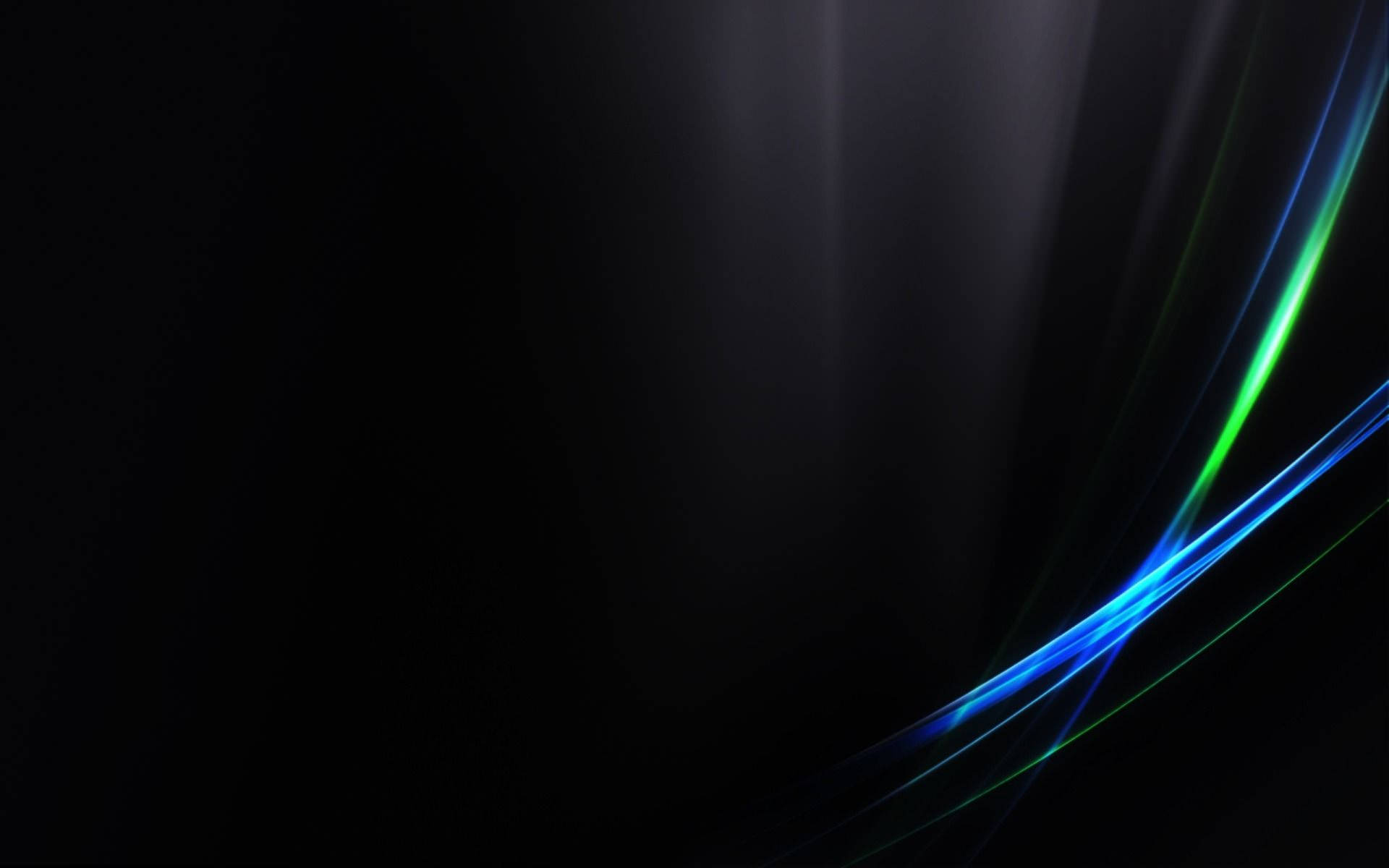

Overall, it comes down to proper placement and appropriate contrast to ensure the words are easy to read.Ĭhances are, you always use your favorite web browser when working on your website. Ensuring readability – The Grafix Artist Blogoffers helpful strategies for effectively displaying text over background images.Keep your text short and sweet, as you have the rest of your website to go into more detail. Limiting text – If you include a long paragraph of text on top of a background image, you’re taking attention away from the visual.The keys to successful text overlay include: Most people add text overlays (such as their company name and a few additional sentences) on top of their background images. This might seem specific, but using the incorrect image size can lead to pixilation, distortion, stretching, and other viewing issues. The dpi (dots per inch) should be at least 72, yet you still want to keep the file size as small as possible to minimize site load times. The best website background image size is 1920 x 1080 pixels, according to Malama Online Marketing, and the ideal ratio is 16:9. Not only does it need to be the proper dimensions, but you must also pay attention to proportions, resolution, and file size. One of the biggest concerns when using a full-screen background image is its size. However, you should use a professional-grade photo, and if you don’t have one, you may want to browse license-free image sites like Unsplash. Your best bet is to use your own images, as this will ensure it’s relevant and that there are no licensing issues. If you’re wondering where to find background images, you have a few options. Similarly, a dynamic photo of you in-action will likely be more engaging than a plain product shot. To effectively engage readers and convey information about your brand, choose a picture that’s both relevant and interesting.įor instance, if you’re selling pottery, an image of you working in the studio would be a better choice than an unrelated landscape. Naturally, image selection is one of the most time-consuming steps when implementing a full-screen background on your website. If you’re thinking about using a full-screen background image on your website, here are five important tips to consider, including website background image size, image selection, and text overlay. Compelling imagery is an effective way to quickly capture visitors’ attention, conveying information about your brand with minimal text.Īre you wondering how effective images really are? Posts with images typically produce 65 percent higher engagement rates than text-only posts, according to Inc. We find the wallpaper calculator on our website to be a very handy tool in helping you calculate the quantity of rolls you require.Full-screen images used as homepage backgrounds are one of the biggest trends in modern web design, and for good reason.


Otherwise, you may order too much or too little. If you are using a wallpaper installer to calculate the amount of wallpaper you need, it is important for the installer to know whether you are purchasing wallpaper from a company that is selling single rolls or double rolls. However, please note that there can be variations in these measurements depending on the manufacturer.Īt Milton & King, each roll of wallpaper is a double roll with dimensions 24 inches wide by 33 feet in length (24″ x 33′). This will often explain why some wallpaper is cheaper than others. Therefore, the amount of wallpaper in a double roll is twice the amount of wallpaper in a single roll. A double roll usually has the dimensions of 21 inches wide and 33 feet in length (21″ x 33′). In the U.S.A., a single roll of wallpaper is typically defined as a wallpaper roll with the dimensions 21 inches wide and 16.5 feet in length (21″ x 16.5′).


 0 kommentar(er)
0 kommentar(er)
